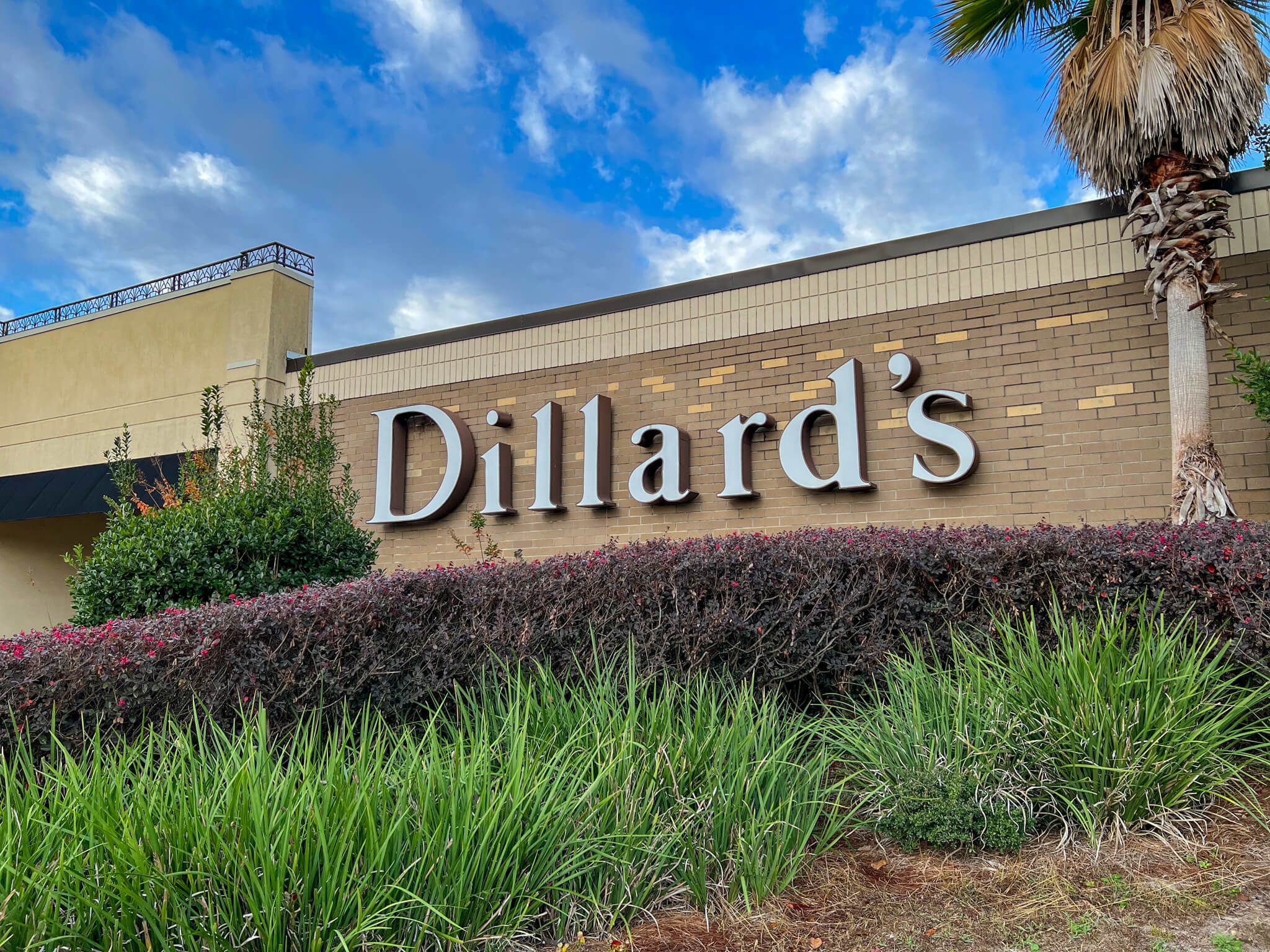Dillard's, a well-known name in the American retail landscape, has been a staple for many shoppers across the nation. However, recent news of Dillards closing locations has left many customers wondering about the future of this iconic department store. With the retail industry evolving rapidly, it’s essential to explore the reasons behind these closures and what it means for consumers and employees alike.
As we delve into the impact of Dillards closing, we must consider the broader implications for the retail sector. Department stores have faced unprecedented challenges in recent years, from the rise of e-commerce to changing consumer preferences. As Dillard's navigates this shifting landscape, understanding the driving factors behind its decision to close certain locations becomes increasingly vital.
In this article, we aim to provide insight into Dillards closing, its history, the potential causes, and what this means for the future of shopping in America. We will also discuss the community's response and the company's efforts to adapt in a rapidly changing industry. Join us as we explore the various facets of this significant retail development.
What Factors Contribute to Dillards Closing?
The decision to close Dillards stores is influenced by several factors. Retail giants have to adapt to shifting market dynamics, especially in a post-pandemic world. Here are some of the primary reasons behind Dillards closing:
- Shifts in Consumer Behavior: The pandemic has accelerated the trend towards online shopping, leading to a decline in foot traffic in physical stores.
- Increased Competition: With more retailers entering the market, Dillards faces stiff competition from both brick-and-mortar and online-only retailers.
- Cost-Cutting Measures: To maintain profitability, companies often need to reassess their operational costs, which can lead to store closures.
- Location Performance: Underperforming locations may become unsustainable, prompting the company to consolidate its efforts in more profitable areas.
How Has Dillards Adapted to the Changing Retail Landscape?
As Dillards faces the challenges of closing stores, it has also taken steps to adapt to the evolving marketplace. Some of these strategies include:
- Enhancing Online Presence: Investing in e-commerce platforms to reach a broader audience.
- Innovative Marketing: Utilizing social media and digital marketing campaigns to engage with customers.
- Improving Customer Experience: Redesigning stores to create a more inviting shopping environment.
- Focus on Exclusive Brands: Offering unique products that are not available in other retailers.
What Does Dillards Closing Mean for Employees?
The impact of Dillards closing extends beyond just the company's operations; it significantly affects the employees as well. Store closures can lead to layoffs, reduced hours, and increased stress for employees. However, Dillards has made efforts to mitigate these effects by:
- Providing Relocation Opportunities: Employees may have the chance to transfer to other locations.
- Offering Severance Packages: For those who are laid off, the company may provide financial support during their transition.
- Job Placement Assistance: Dillards might assist employees in finding new job opportunities elsewhere.
What Are the Community Reactions to Dillards Closing?
The community's response to the news of Dillards closing has been mixed. Some residents express sadness over losing a beloved shopping destination, while others acknowledge the necessity of adapting to market changes. There are also concerns about:
- Economic Impact: Store closures can lead to job losses and reduced economic activity in the area.
- Loss of Local Shopping Options: Communities may struggle to find similar retail experiences elsewhere.
- Future Development: Questions arise about what will fill the void left by Dillards closing.
Is Dillards Closing a Sign of the Times for Retail?
The trend of Dillards closing highlights a broader shift in the retail industry. It raises questions about the sustainability of traditional department stores amidst changing consumer habits. Some key observations include:
- Rise of E-commerce: More consumers are turning to online shopping for convenience.
- Changing Preferences: Shoppers are prioritizing experiences over material goods.
- Sustainability Concerns: Ethical consumerism is becoming more prevalent, affecting purchasing decisions.
How Can Consumers Support Local Retailers Amid Dillards Closing?
As Dillards closing becomes a reality, consumers can play a pivotal role in supporting local businesses. Here are some ways to help:
- Shop Local: Choose to support small businesses in your community whenever possible.
- Engage on Social Media: Follow local retailers and share their promotions to increase visibility.
- Provide Feedback: Let retailers know what products or services you would like to see more of.
What is the Future of Dillards and Similar Retailers?
Looking ahead, the future of Dillards and similar retailers will likely involve a continued focus on innovation and adaptation. As the retail landscape evolves, companies must embrace change to survive. Some potential trends include:
- Omnichannel Shopping Experiences: Bridging the gap between online and in-store shopping.
- Technology Integration: Utilizing technology to enhance customer engagement and streamline operations.
- Personalized Marketing: Tailoring marketing efforts to individual consumer preferences.
Conclusion: What Lies Ahead After Dillards Closing?
The news of Dillards closing is a significant moment for the retail industry and consumers alike. While it marks the end of an era for some, it also presents opportunities for growth and reinvention. As we reflect on the implications of these changes, it is essential for both consumers and retailers to adapt and embrace the evolving landscape of shopping.
In conclusion, the future of Dillards and similar retailers will depend on their ability to innovate and meet the demands of a changing consumer base. While challenges lie ahead, there is also hope for a revitalized retail experience that prioritizes both convenience and community engagement.



